OGATA presents nuri, an original collection of containers and plates in washi (Japanese paper), folded and lacquered. The lightness of washi, the purity of the fold, the luster of lacquer… In a return to the essence of craft, this collection makes the most of natural materials while respecting limited resources and perpetuating traditional techniques and savoir-faire.
Obtained by manually processing vegetal fibers (generally from paper mulberry) according to ancestral techniques, washi (Japanese paper) traditionally made during the winter season is both thin and strong. As such, besides its fundamental role as a medium for writing and calligraphy, it has found multiple applications in Japanese daily life, from traditional wrapping to contemporary furniture. Its color, the variety of its grain and its diaphanous properties make it a most versatile material. Here however, these characteristics are intentionally put aside to focus on the essentials: a timeless and lasting material, both light and resistant, simple and noble, forms the basis for a series of contemporary design pieces.
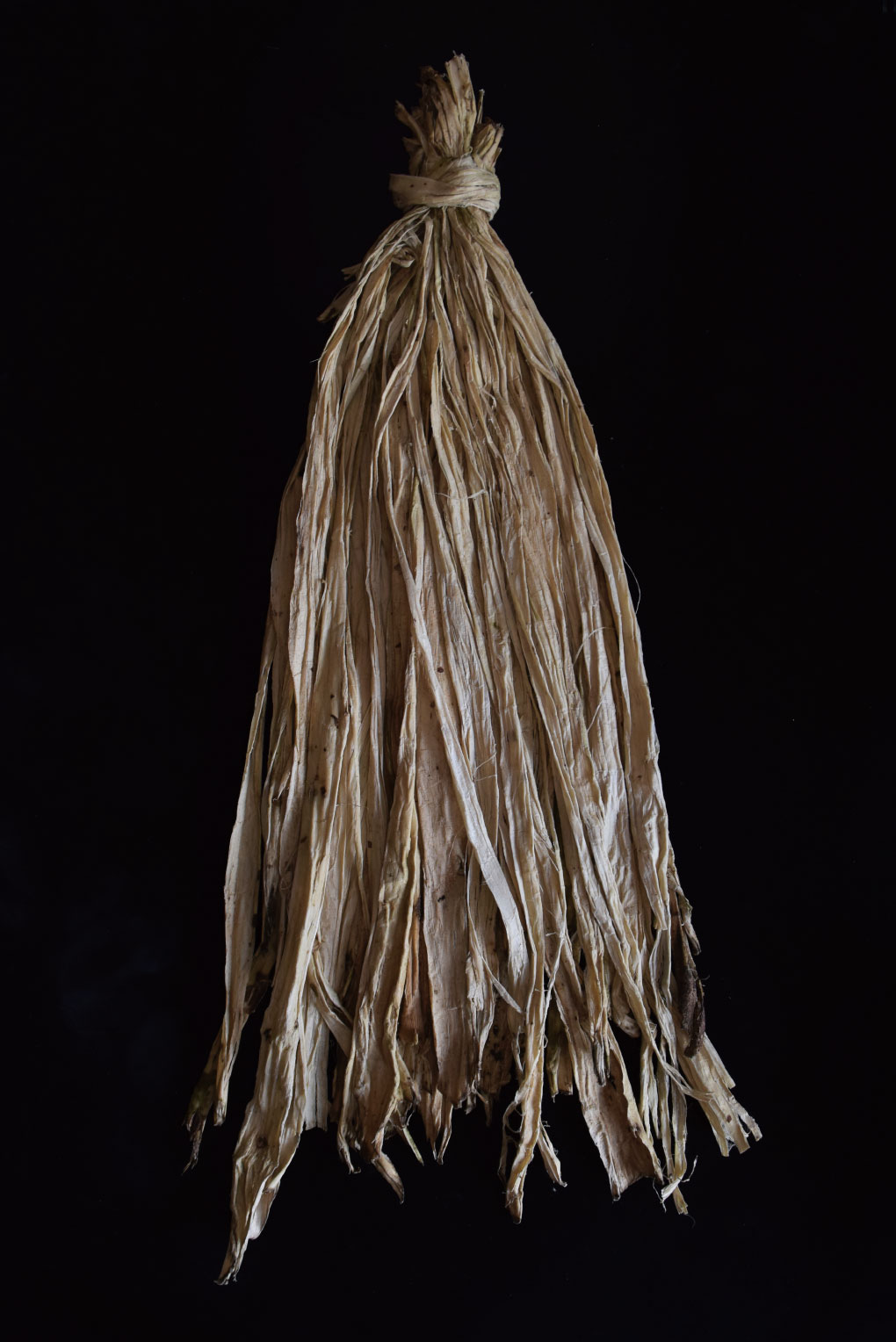
The technique of folded paper is both simple and essential: the act of cutting, of folding and superposing washi is a game, an aesthetic gesture and a practice of spiritual refinement. Folding is creating a volume. In a child’s hands, a square sheet of colored paper is transformed into a crane. In the art of folding, the division into two geometric planes also implies a distinction on a symbolic level, especially through the creation of a boundary between the sacred and the profane. The spiritual connotations of folded paper are visible in the traditional art of wrapping as well as in daily crafts. Applied to this collection, the technique of folded paper gives birth to a surprising variety of forms and functions, ranging from a simple plate to complex stacking boxes. Whereas wood needs to be carved, metals to be casted and glass to be blown, the essential act of folding suffices to transform paper into a series of utilitarian objects. Conversely, the introduction of paper as a fundamental material in the field of crafts radically renews our conception of what a container is.
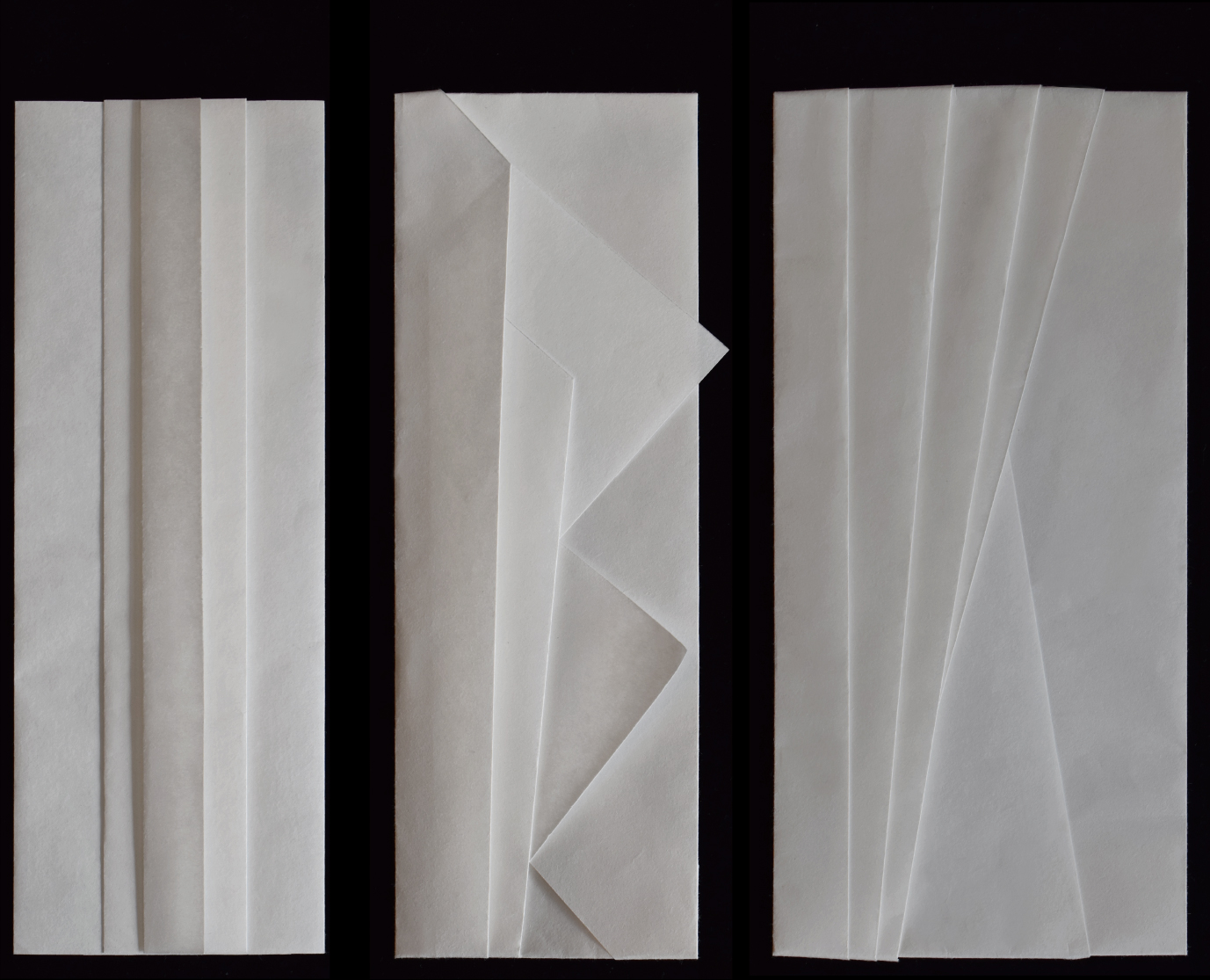
Obtained by refining the sap of the lacquer tree, urushi lacquer offers a unique luster which conceals many qualities: its resistance to water and acidity as well as its antiseptic properties make it a natural coating cherished since ancient times. The large outfit of tools required by this technique, from the harvest through incision of the trees to its application by successive layers on its final medium, attest to the complexity of its process. The superposition of multiple layers of lacquer on a given base strengthens it while producing the desired aesthetic effect. A few layers will give a rough and uneven surface; patient polishing work will confer luster and purity. If black lacquer seems to absorb all light, vermilion reflects it brightly. The negoro technique makes most of the two, producing an aesthetic of the patina: an undercoat of black is covered with vermilion lacquer so that with time, black specks appear on the surface. The akebono technique aims at the opposite effect: black lacquer is applied on a vermilion undercoat, which will eventually be visible on the surface.
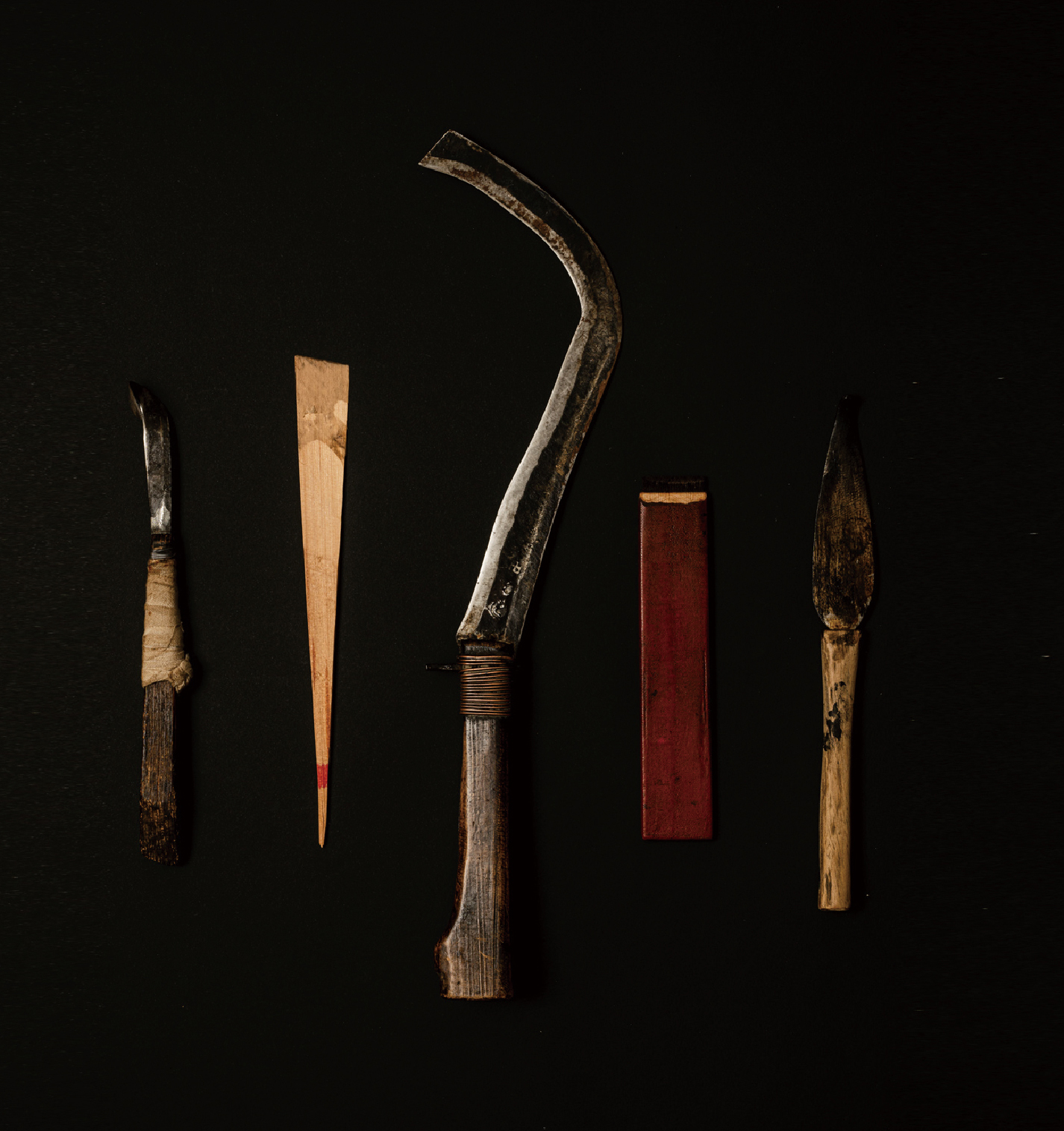
Usually applied on wood, lacquer is used here to sheathe folded washi, thereby altering its texture while reinforcing it. Lacquer magnifies each cut and each fold of the paper, conferring the timeless luster that is a signature of OGATA collection. nuri is a simple but powerful concept: an ancestral technique applied to an unusual medium according to a contemporary taste creates a new formula for craft. Traditionally, nuri (“paint, coating” in Japanese) designated lacquer itself. In this collection of paper objects, thin, light and durable, each piece is covered with lacquer according to a clever balance producing two color variations: negoro (vermilion on black) and akebono (black on vermilion). As with other pieces from OGATA collection, they can be repaired to be passed on from generation to generation. At a time when the economy of resources and the sustainability of products is an urging demand, nuri embodies the principles of OGATA collection and provides a new model for the harmonious use of natural materials lending themselves to a lasting consumption. With time, far from deteriorating, lacquered paper will be embellished by wear and patina.

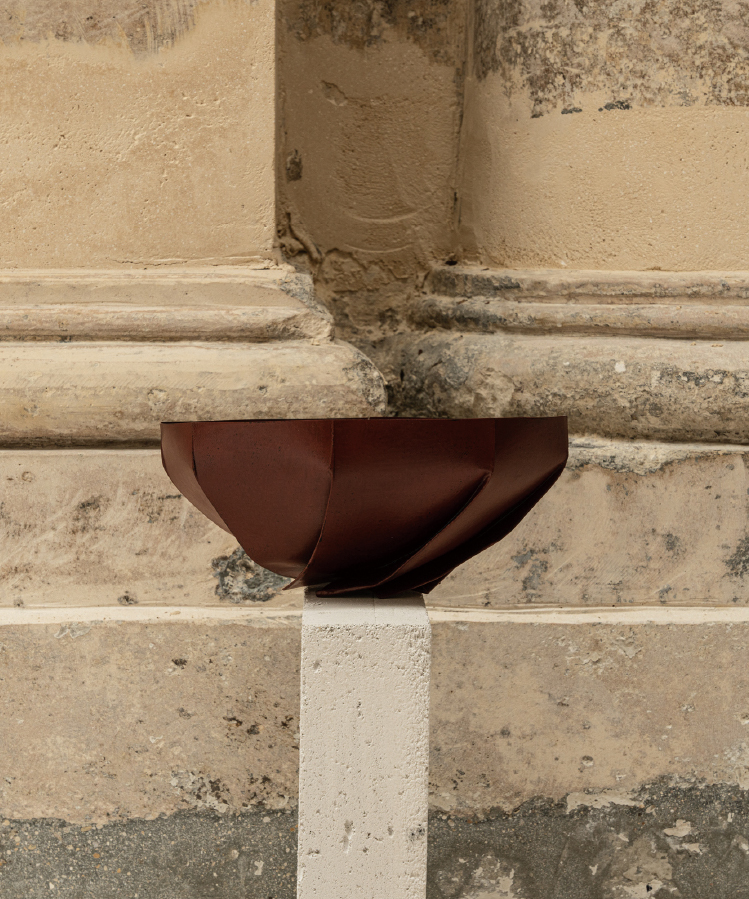
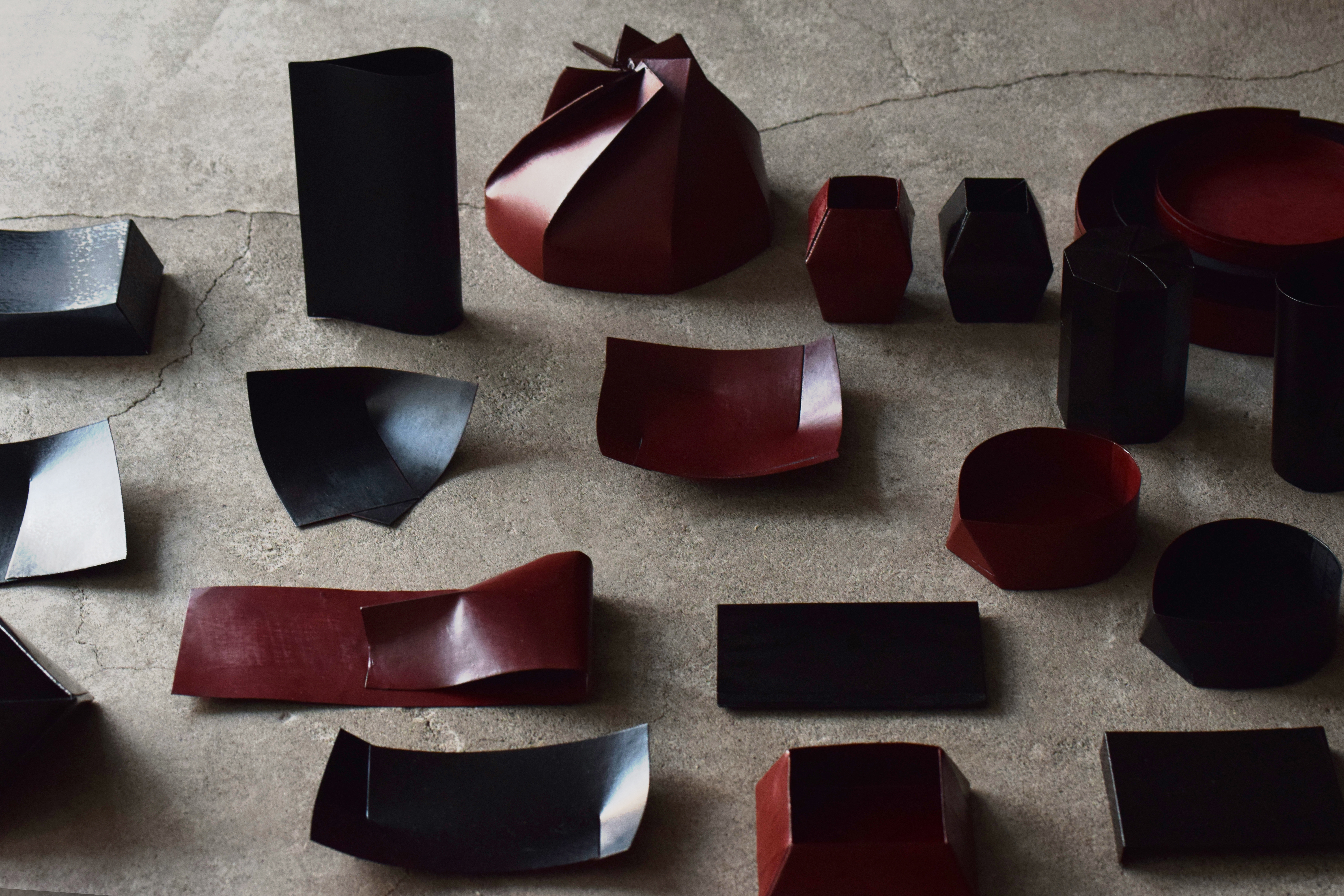
Works from the nuri collection are exhibited and available for purchase at OGATA Paris.